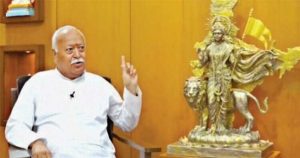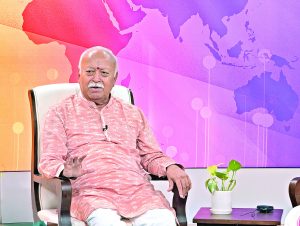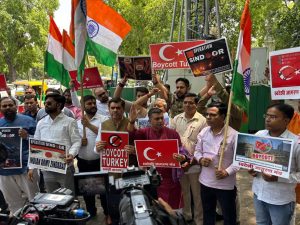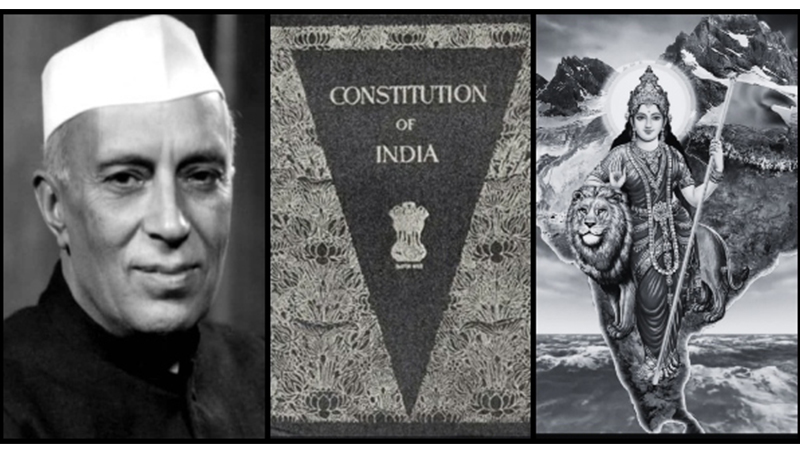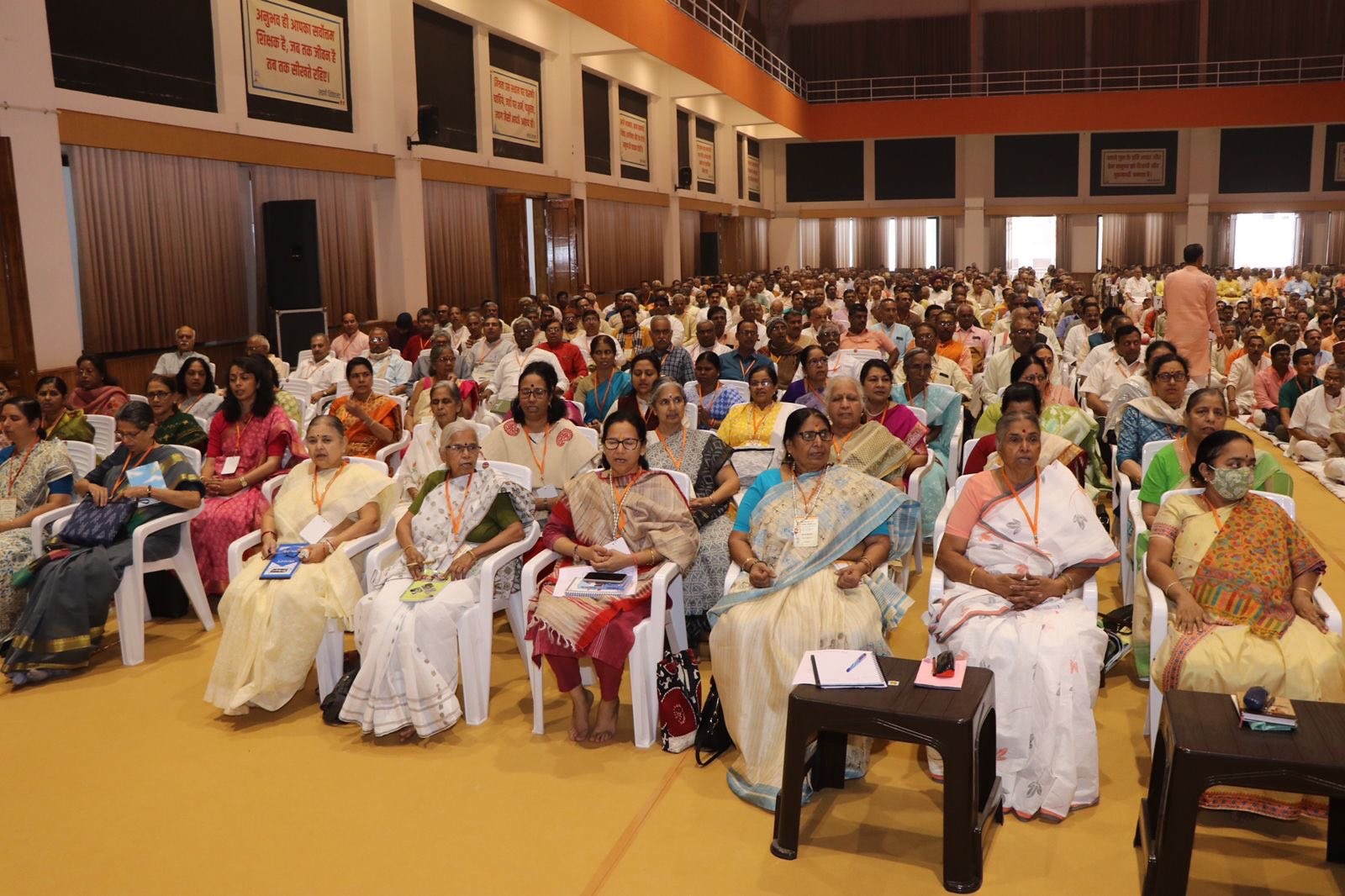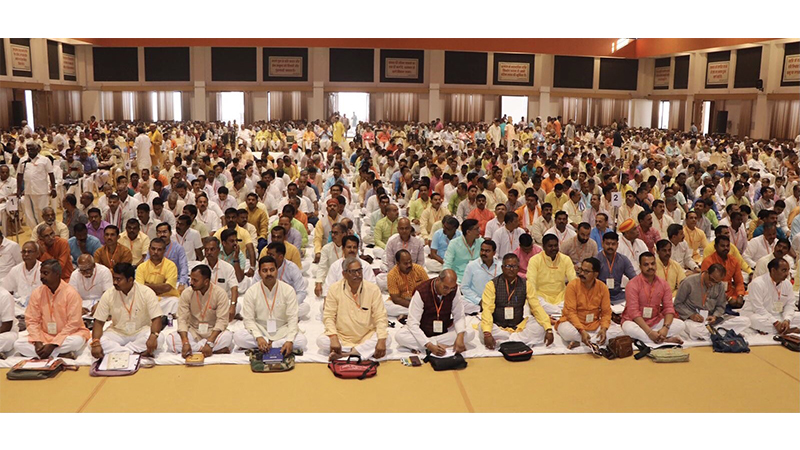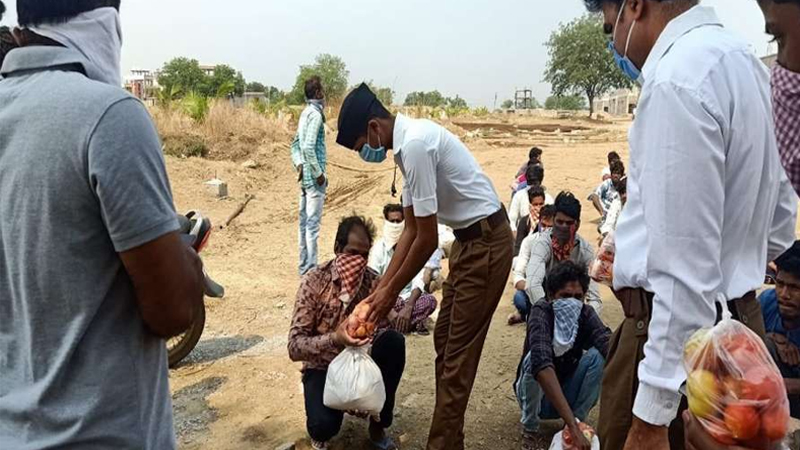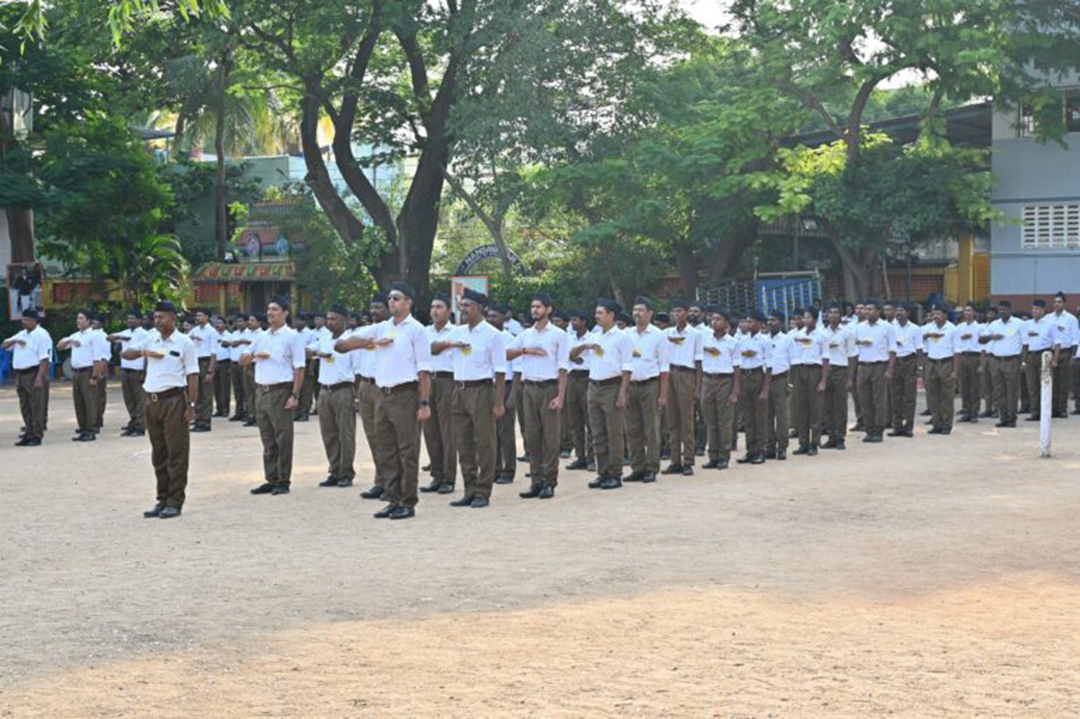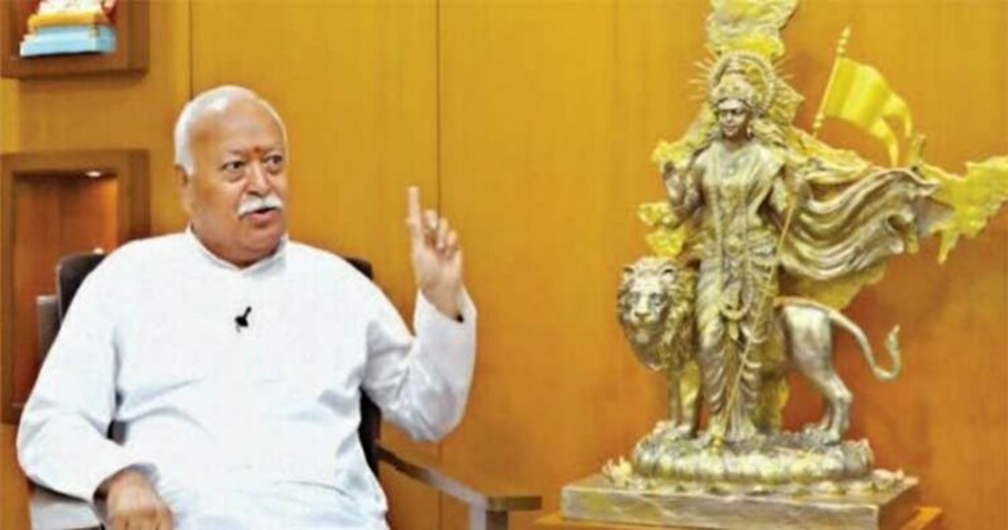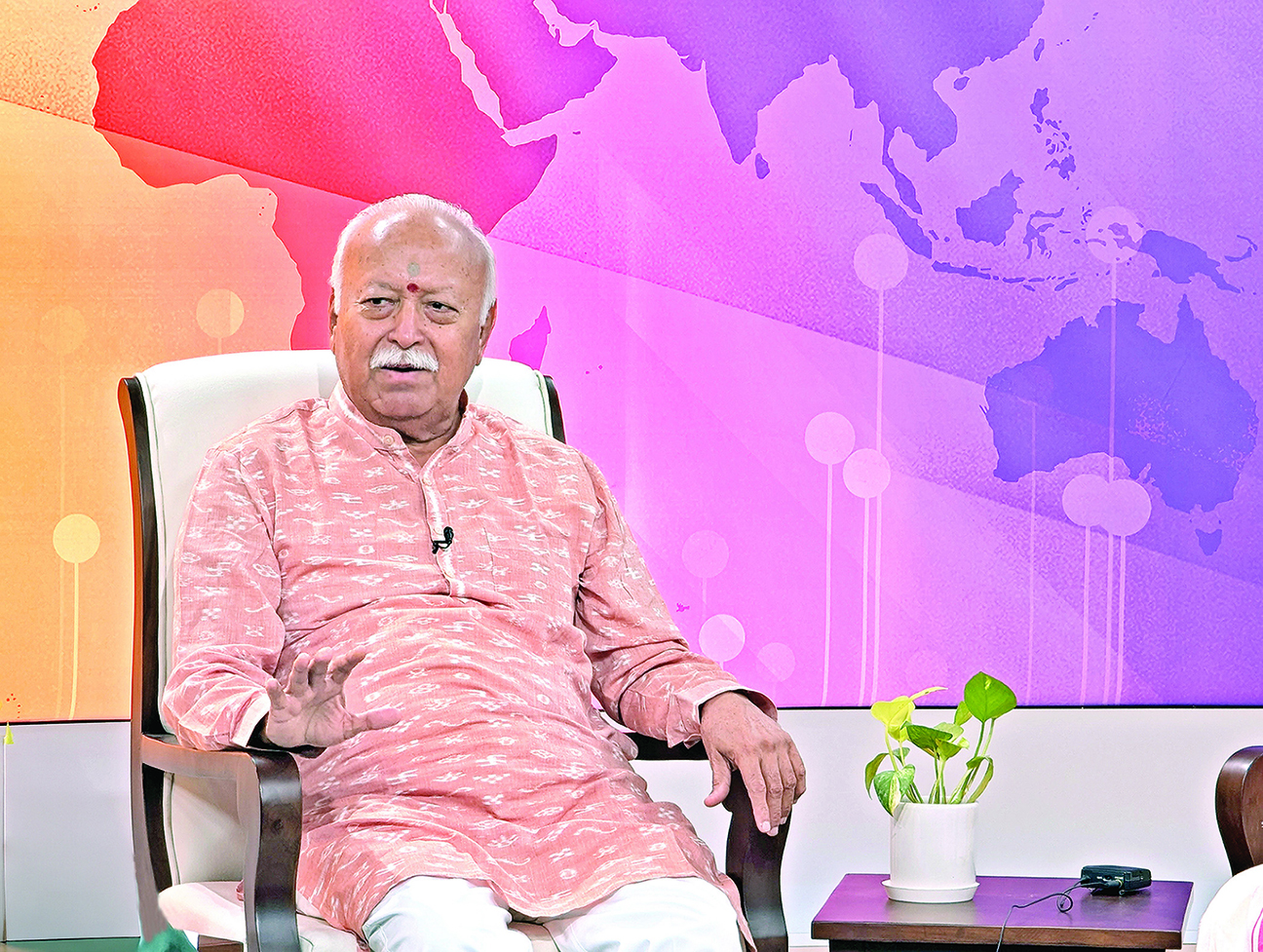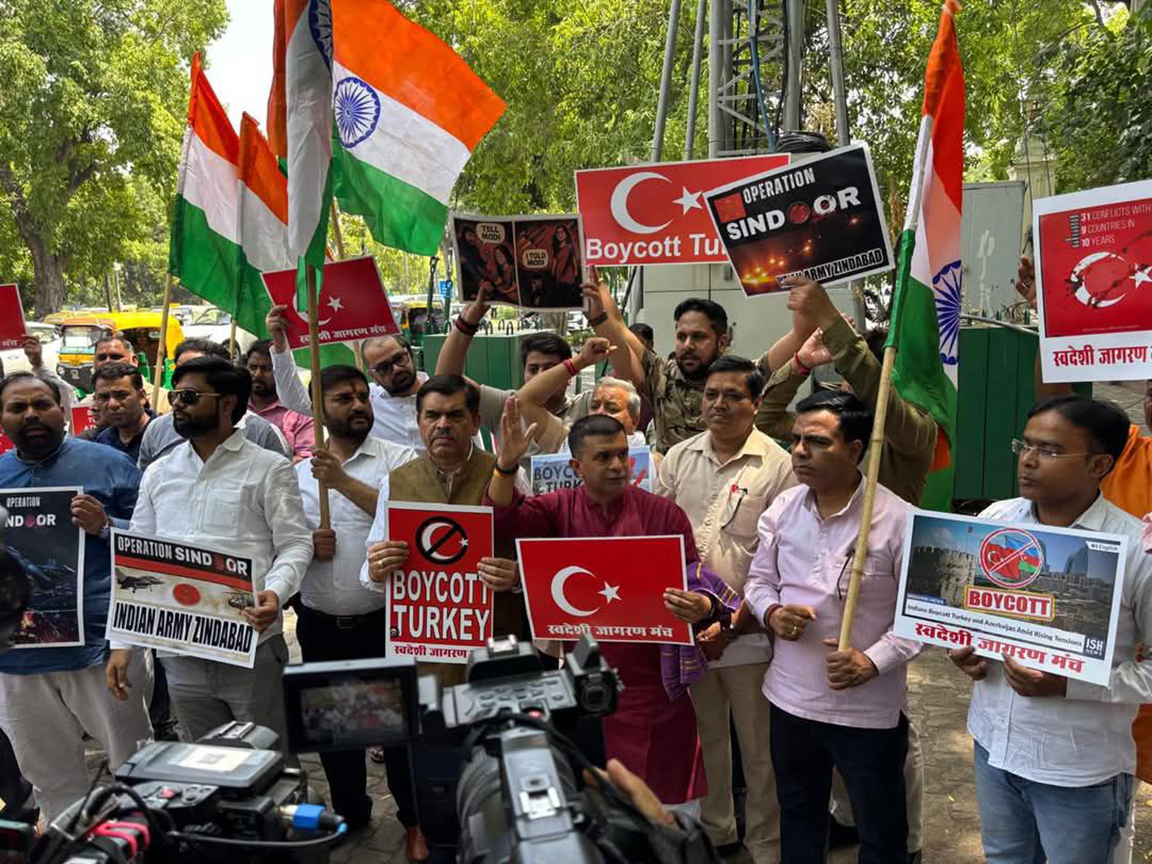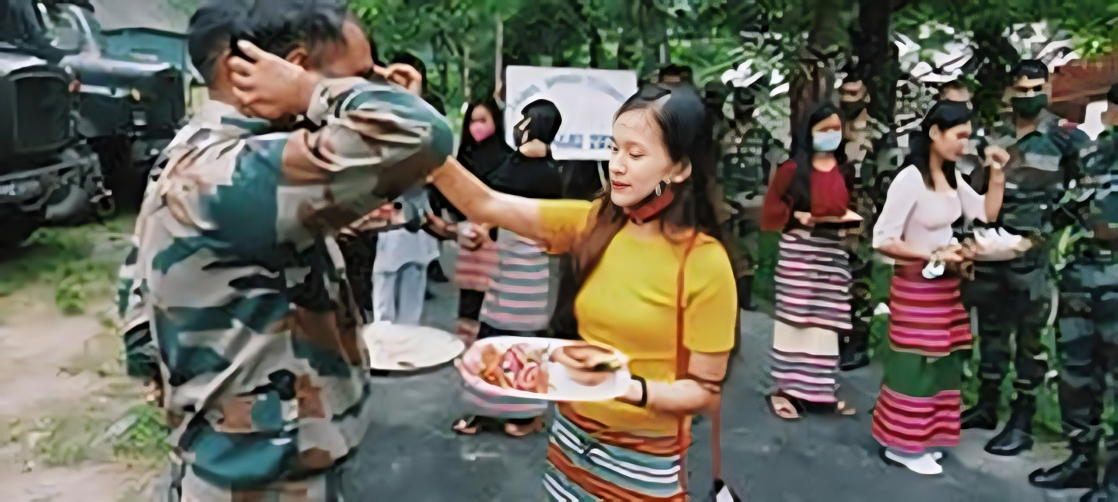Golwalkar: RSS Leader who led fight against the British and helped save millions during partition
Updated: May 31, 2023 5:42
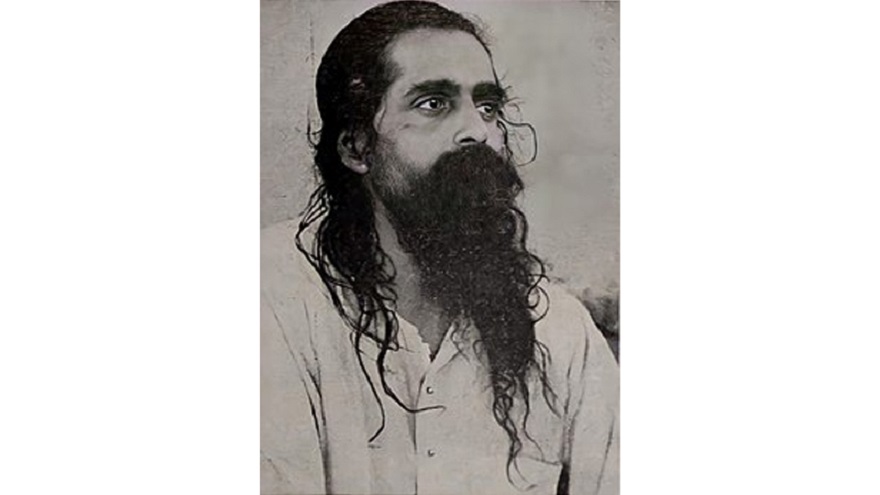
If one wants to understand how the Rashtriya Swayamsevak Sangh(RSS) has become the largest voluntary organisation in the world and plays such an impactful role in Bharat, then one has to look at the life and works of its second Sarsanghchalak (Chief Mentor) Madhav Sadashiv Golwalkar, popularly known as ‘Guruji’. It is also time to have a relook at his contribution towards building a new, confident and resilient Bharat.
Guruji was born in the Raikar house in Nagpur at half past four in the morning on February 19, 1906. According to Bharatiya calendar, it was an auspicious day of Phalgun Krishna Ekadashi (Vijaya Ekadashi) Vikram Samwat 1962.
Golwalkar got the name ‘Guruji’ when he was teaching in Banaras Hindu University for a couple of years. The students used to call him ‘Guruji’ fondly and the name stuck to him.
The foundation for the RSS’ expansion in post-independence era were laid by two important developments from 1940 to 1947 that helped RSS to gain support in masses. These two developments were -Sacrifices of the RSS volunteers during freedom struggle and the stellar role played by it in saving millions of refugees during partition.
The RSS expanded rapidly from 1940 to 1973 under Guruji’s leadership and went through some of the most tumultuous events happening in the country, such as partition, ban on the RSS in 1948, India’s debacle in 1962 war, India-Pakistan wars in 1965 and 1971.
Guruji is known to have travelled the whole country more than 65 times. His extensive travelling for organisational work, at the cost of his health, and a gruelling schedule for 33 years resulted in several RSS-inspired organisations coming up in every field.
Some of the key organisations set up by the RSS swayamsevaks during his tenure as Sarsanghchalak include Akhil Bharatiya Vidyarthi Parishad, Vishwa Hindu Parishad, Bharatiya Mazdoor Sangh, Bharatiya Jana Sangh, Vanvasi Kalyan Ashram amongst others. The RSS volunteers also forayed into the field of media by starting several publishing houses in multiple Bharatiys languages and popular weeklies like ‘Orgainser’ and ‘Panchjanya’ and newspapers like ‘Tarun Bharat’ and Swadesh’.
Guruji had eight siblings but he was the only one who survived. All his siblings died young. He was named Madhav, but everybody in the family called him Madhu. Despite being a lone survivor amongst his siblings, he decided not to have his own family and dedicated his life for the RSS and the nation.
Guruji was sent to Calcutta in 1939 to start the RSS’ work in Bengal. He used to walk 25 miles a day as there was hardly money for transportation. With his efforts, the first RSS shakha started in Calcutta(now Kolkata) on the Varsha Pratipada (Hindu New Year) of 1939. In April 1939, he was called back to Nagpur to look after the RSS training camp as ‘Sarvadhikari’.
Organisational expansion of RSS under Guruji
After death of RSS’ founder Dr. Keshav Baliram Hedgewar, Guruji became the second Sarsanghchalak in June 1940. The Sangh entered the second phase of its journey under the extraordinary ideological and organisational stewardship of Guruji. Till 1940, although Sangh had spread out to some provinces outside Maharashtra, several parts of the country still remained untouched.
Till now, the RSS volunteers started shakhas wherever they went as students. There were only a handful of Pracharaks. Guruji started the system of having full-time workers (Pracharaks) sent exclusively to expand the organisation’s work. The result was a phenomenal growth in the organisation’s network across the country. And this trend continues till today.
Meanwhile, the RSS encouraged its volunteers to participate in the freedom movement. The organisation itself was at a nascent stage. So, it adopted a strategy that instead of getting involved as an organisation in struggle against Britishers, its volunteers should participate in this movement as individuals. A large number of RSS swayamsevaks participated in the freedom struggle. Many of them lost their lives too, many served long sentences in jail.
Guruji himself briskly travelled through the country to expand the RSS’ work. In 1941, he made a highly emotional appeal that touched the hearts of many youths and they decided to dedicate their lives of the RSS’ work as Pracharaks.
His appeal to young swayamsevaks in 1941 and 1942 was, “We need Pracharaks…we need Pracharaks. This is the demand arising from all directions. We must fulfil this demand.” He further said, “Karyakartas(organisational workers) don’t fall from heaven. For this, we will have to make efforts ourselves and create Karyakartas from amongst ourselves. We will have to walk the path of duty with firm resolve and austerity by giving up all thoughts about our personal lives…the mission before us is enormous with very little time in hand. But, do not worry. If we decide even now, we can do as much work as we wish and create as many Karyakartas as we want. The question is of just bringing about a little revolution within our hearts. Just one revolution of hearts and our lives will see unprecedented changes and we shall see the gateway of hope… Let us close all the doors of our personal lives and take a pledge to put in concerted effort. Let us become sannyasis for one year.”
The impact of Guruji’s clarion call was phenomenal. Forty-Eight Pracharaks came out just from Lahore in 1942. Of these, 10 were M.A., two doctors, 14 shastris and others were B.A. and above matric. Similarly, 52 Pracharaks came out from the Amritsar city and out of these, there were four doctors amongst them.”
From June 1942 onwards, a large number of Pracharaks began to be sent to various provinces, and the RSS’ expansion acquired a new momentum.
Meanwhile, the British government in India had become wary of the growing popularity of the RSS. They tried to crack down on the organisation by putting restrictions on the government employees to attend the Shakha.
A report sent by the Central Police Intelligence Department on December 13, 1943 says, “It is not possible to create a case for banning the Sangh. But, it is equally clear that Golwalkar is creating a strong organisation at a rapid pace, so that they would obey the orders, maintaining confidentiality and jump into any activity of sabotage or of any other type whenever required as per their leader’s orders. ..Golwalkar is a very cautious, crafty and .. capable leader.”
Sacrifices of RSS’ swayamsevaks in freedom struggle(1940-1947)
The “Quit India” movement had started in 1942. The RSS swayamsevaks took part in this national struggle as patriotic citizens. In Vidarbha, swayamsevaks of Chimur launched an agitation under the leadership of Ramakant Deshpande. Breaking the bounds of non-violence, it turned violent. A few Britishers were also killed in an encounter. This encounter became famous in the history of this movement as ‘Chimur Ashti episode’.
Similar was the heroic story of RSS’ Swayamsevak Hemu Kalani of Sakkhar town in Sindh. He was busy removing fishplates from the railway tracks with his brave colleagues. Their objective was to frustrate the plans to move forces to suppress the struggle in various areas. Unfortunately, Hemu was arrested. His friends escaped and were saved. Hemu was awarded death sentence by the Army Court in 1943.
Apart from such activities, many swayamsevaks also helped the underground leaders of the movement. The house of Sanghchalak of Delhi, Lala Hansraj, was the secret place of stay for Aruna Asaf Ali. She herself spoke about it in an interview published in Hindi daily, Hindustan in August 1967. She said, “I was underground in 1942 agitation, Delhi Sanghchalak, Lala Hansraj provided me refuge in his house for 10-15 days and arranged for my complete safety. He saw to it that nobody got information about my stay at his house.”
When the famous Vedic scholar, Pandit Shripad Damodar Satavalekar was the Sanghchalak of Aundh, he had given asylum for many days to the revolutionary underground leader, Nana Patil who had experimented with the novel idea ‘Patri Sarkar’. Nana Patil’s colleague, Kisanveer had stayed at the house of Satara Sanghchalak while working underground there. Famous socialist leader, Achyutrao Patwardhan had stayed at many Sangh swayamsevaks’ homes when he used to work underground and change places according to circumstances. Not only these people, but even the life-long bitter opponent of the Sangh and follower of Gandhiji, Saane Guruji used to stay at Pune Sanghchalak Bhausaheb Deshmukh’s house secretly.
To give more clarity to this subject, it would be a good idea to quote an episode that took place about six years later. The Congress Committee member of Solapur, Ganesh Bapuji Shinkar had taken part in the satyagraha to press for the removal of ban on the Sangh in 1948. He had resigned from the Congress on grounds of democratic ethics before joining the satyagraha. He issued a statement clarifying his stand and it was published on 12th December, 1948. He says, “I had participated in Quit India movement in 1942. The capitalist and agrarian community was scared of the government at that time. Therefore, we were not offered safe haven in their homes. We had to stay in Sangh workers’ homes to work underground. People from the Sangh used to help us happily with our underground work. They also took care of all our requirements. Not only this, if someone from amongst us fell sick, the Sangh swayamsevak doctors used to treat us. Sangh swayamsevaks, who were advocates, used to fight our cases fearlessly. Their patriotism and value-based lifestyle was undisputable.
Meanwhile, during 1940 to 1947, the CID kept sending reports about Guruji regularly. The report of 30th December, 1943 says, “Rashtriya Swayamsevak Sangh is moving ahead rapidly towards building a highly significant all-India organisation. Spokesmen of the Sangh keep saying that the basic goal of the Sangh is to achieve Hindu unity… In a programme in November 1943 at Lahore, M.S. Golwalkar declared that the Sangh’s objective is to remove the feeling of untouchability and weave together all sections of Hindu society in a single unifying thread.
…It is clear that the Sangh is bent upon expanding its area of influence and this year, it has been able to bring on board the famous religious saint Sant Tukadoji Maharaj from Central Provinces for spreading its message…
Membership of the Sangh is swelling continuously. In Central Provinces, membership has increased from thirty-two thousand to thirty-three thousand three hundred forty-four. It has reached twenty thousand four hundred seventy-six from eighteen thousand twenty-nine in Mumbai and fourteen thousand from ten thousand in Punjab…
A new dimension to their growth is their efforts to gain entry in the villages. M.S. Golwalkar laid a lot of stress on this aspect in the winter camp of Wardha – that the Sangh should expand into villages…
The Sangh office-bearers from its head office are touring the Shakhas in remote areas continuously, so that they can heighten interest of the swayamsevaks in Sangh work, give them secret directions and strengthen the local organisation. We can see the recent well spread out tour of the present chief of the Sangh, M.S. Golwalkar as an example of such efforts. In the last month of April, he was in Ahmedabad; in May, he was at Amravati and Pune. In June, he was at Nasik and Benaras. He toured Chanda in August, Pune in September, Madras and Central Provinces in October and Rawalpindi in November…”
RSS and Partition
Recalling the role of the RSS’ swayamsevaks during partition, Professor A.N. Bali, in his book, Now It Can Be Told, says, “Who came to the rescue in those difficult times to protect the people, except those young men known as RSS? They arranged for safe passage of women and children in each and every mohalla, in every city of the state. They arranged for their food, medical help and clothing and took their care in every possible way. They organised fire-fighting teams in different cities and towns. They arranged for lorries and buses to carry the escaping Hindus and Sikhs and posted defence teams in railway trains. They patrolled relentlessly in different Hindu and Sikh localities. They trained people in self-defence. They were the first ones to reach these terrified people, first to help them and were the last to come to secure places in east Punjab. I can recount the names of many well-known Congress leaders in different districts of Punjab who took help from the RSS for their own security and of their families. They never ignored any call for help. There were many cases where Sangh volunteers took Muslim women and children from Hindu mohallas to Muslim League refugee camps.
When the entire Punjab was on fire and Congress leaders were sitting helplessly in Delhi, at that time, volunteers of RSS saved the people of Punjab with their discipline, and physical strength, risking their own lives. Now, if somebody from outside Punjab was to tell the Hindus and Sikhs to forget those Sikhs and the brave heroes of Rashtriya Swayamsevak Sangh who put their lives at risk to defend them, then their calls would go unheeded.
Each and every person from amongst the refugees who came from West Pakistan is indebted to the Sangh. When everybody had abandoned them, only the Sangh stood by them.”
Under Golwalkar’s leadership, the RSS played a major role in not only getting back millions of refugees from Pakistan but also their rehabilitation. This laid a strong foundation for further expansion of the RSS in the refugee community which settled in various parts of the country with an experience that they shared with future generations too that when everybody had abandoned them, only Sangh stood by them.
(This article was first published in firstpost.com. Views expressed are personal)

